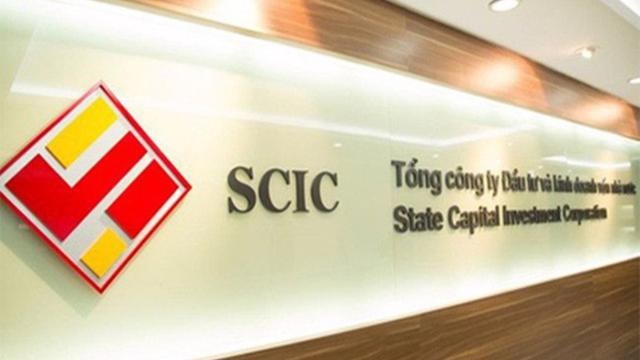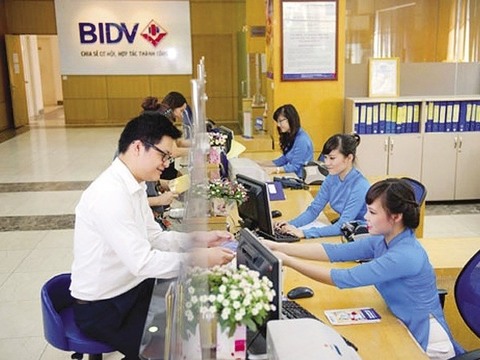Insurtech signals radical change in global insurance
Insurtech signals radical change in global insurance
The global insurance industry, particularly in Vietnam, is going through rapid changes thanks to the development of digital technologies and the so-called Insurtech revolution.
Insurtech, made up of the words ‘insurance’ and ‘technology’ in a similar vein to financial technology’s fintech, is a new concept that gained popularity only after a series of conferences in 2016 in New York, known as the world’s financial capital.
It has been named as a factor in the downfall of practices in insurance which have existed for hundreds of years, as well as flipping consumer behaviour and corporate governance at insurance companies upside down.
Technology is being adopted in all stages of the insurance supply chain, from market research, product development, and risk assessment to sales, after-sales, and customer service. With the help of cutting-edge technologies such as Artificial Intelligence (AI) or Big Data, these innovations promise to improve efficiency at businesses and service quality.
New insurance products and new approaches to insurance are becoming increasingly available. A usage-based system allows firms to design products that fit into the daily lives of each customer, such as car insurance fees based on miles travelled, speed, and driving style or on-off products that enable customers to select a specific number of days on which they need insurance during the year.
There are also highly interactive products that encourage insurance customers to do exercise, improve their mental and physical health, and follow a suitable diet. Insurers will be able to calculate their fees based on the customer’s health profile and physical activities. Customers that follow a healthy lifestyle and exercise frequently will enjoy lower fees or even some returns as a form of incentive.
New forms of insurance middlemen will also emerge in the near future, including website aggregators and online trading platforms. These websites compare and contrast products or services from different insurers, publicise information about fees, coverage, and rights – everything that helps potential customers decide which product is right for them.
Also likely to appear in Vietnam on a wider basis are new sales channels, such as collaborations with e-commerce sites or smartphone applications.
Alongside that, on the horizon are notable upcoming models such as peer-to-peer insurance. This first appeared in 2010 in Germany under the name Friendsurance, later expanding with various brand names such as Lemonade, Teambrella or Gaggel.
PLENTY OF OPPORTUNITIES AHEAD
Traditional insurance products are designed from the seller’s perspective, not the buyer’s. This means products and services will cater to the selling process of insurers, not the solution-finding process of customers. In fact, many customers have complained that insurance products and services are unfriendly and boring, full of long pages of terms and conditions that no customer wants to read.
Moreover, insurers collect information through questionnaires but it is not apparent if they make full use of them or not.
Insurtech is being pushed as a solution to these problems, by improving corporate governance standards at insurance firms, as well as their business efficiency. Some insurers, such as AIA or FWD, have already digitalised their business operations and have switched to paperless transactions.
At some insurance firms around the world, work-flow is more cohesive and faster thanks to AI and robots. Some robots are able to replace human employees to introduce the latest programmes. Some firms even go further and adopted the Watson Explorer system by IBM, which uses AI to assess insurance products instead of human raters. The efficiency rate has been boosted by 30 per cent, and has cut waiting times for customers. This system also made 34 human appraisers redundant because it can read medical records and collect all forms of medical information, including hospitalisation time, history of treatment, and surgical procedures, to choose the best insurance product for customers.
Service quality has also vastly improved through Insurtech thus far. Insurers have more choices for market research, customer development, and market assessment. In marketing, AI can help match the profile of a potential customer with the best suitable product so that insurers and their agencies do not have to cold-call customers every day to gather data. The system also automatically assesses each customer’s profile, their risks, and calculate the suitable fees.
ADDED EFFICIENCY
Insurtech also helps insurers to collect customer data in a more streamlined manner. Personal information such as name, home address, health conditions, medical history, daily routine or personal hobbies can be gathered from Big Data. Interactive tools such as chatbox or robo-advisors can also be adopted – one example is Prudential Vietnam with PRU Online Portal for customers.
Insurtech can increase the speed of claiming insurance and resolving conflicts, such as Manulife with the EasyClaims website or Generali with Gen Claims. The time required for reviewing a customer claim is reduced from weeks to days, or even hours and minutes.
Other opportunities are linked to new sales channels, such as online or smartphone applications. Insurers can also cross-sell their products with e-commerce websites or airlines.
Insurtech also presents ample opportunities for startup enterprises. A recent study by Fintech Global pointed out that in the past five years, the world has invested $10 billion in Insurtech startups, a considerable sum for a very new global industry.
In 2018, premium collected via Insurtech channels reached $187 billion globally, taking up 4 per cent of all insurance premiums. The figure is expected to reach $400 billion in 2023 or 7 per cent of all insurance premiums. This is testament to the vast potential of Insurtech as a modern method in the industry.
CHALLENGES REMAIN
With opportunities come challenges. Information security is becoming an urgent issue for Insurtech, as reliance on technology and Big Data increases the risk of privacy violations and technical failures.
Criminals may also make use of technology to trick insurers in increasingly complex scams.
Traditional insurers, held back by their conservative mindset according to some, may become obsolete if they cannot keep up with the break-neck changes in Insurtech. Moreover, Insurtech costs money to set up, and recouping these investments remains a headache for insurers. At the same time, conflicts may arise between Insurtech and human employees, especially those at agencies.
Currently, Vietnam-based insurers only distribute standard products and services online. More complicated products or services that require one-to-one consultation are still mostly sold via agencies. This is a challenge that firms may need to solve.
The Vietnamese legal framework may not be able to keep up with the rapid changes in Insurtech but this is not an isolated issue. This is a similar problem to the fintech industry – as finance and insurance are both conditional business sectors in Vietnam.
Insurtech startups may find themselves developing products that may not be legal, and the lack of regulations is a significant threat.























